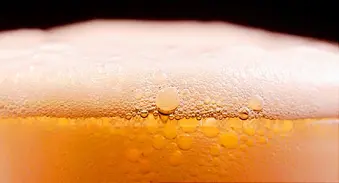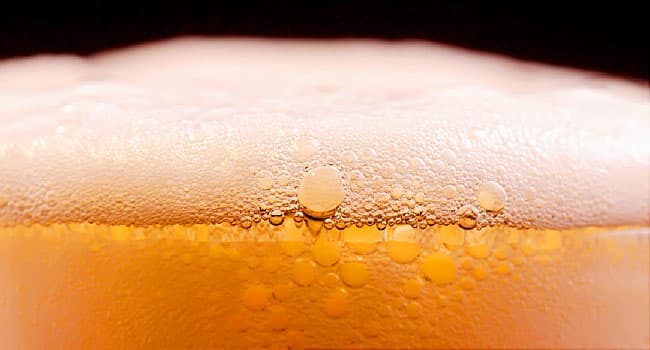Beer Calories Quiz: Test Your Knowledge
Medically Reviewed by Christine Mikstas, RD, LD on August 28, 2022

Question 1/11
A beer’s label must list calories only if it claims to be a “lite” beer.
- True
- False
Question 2/11
All “lite” beers contain fewer than 100 calories.
- True
- False
Question 3/11
Beer is fat-free.
- True
- False
Question 4/11
Drinking two regular beers would account for about the same number of calories as eating which of the following?
- A double hamburger
- A roast beef sandwich
- Two slices of cheese pizza
- Any of the above
- None of the above
Question 5/11
Beers with higher alcohol content usually have about the same number of calories as those with lower alcohol content.
- True
- False
Question 6/11
Light-colored beers always have fewer calories than dark beers.
- True
- False
Question 7/11
The Dietary Guidelines for Americans recommend a limit of how many alcoholic drinks per day for men?
- None
- One
- Two
- Three
Question 8/11
The Dietary Guidelines for Americans recommend a limit of how many alcoholic drinks per day for women?
- None
- One
- Two
- Three
Question 9/11
Which of the following has the most calories per serving?
- 12 ounces of regular beer
- 5 ounces of wine
- 1.5 ounces of liquor (80 proof)
Question 10/11
Men who don’t drink beer can still develop a “beer belly.”
- True
- False
Question 11/11
Beer has been associated with a lower risk of developing kidney stones.
- True
- False

